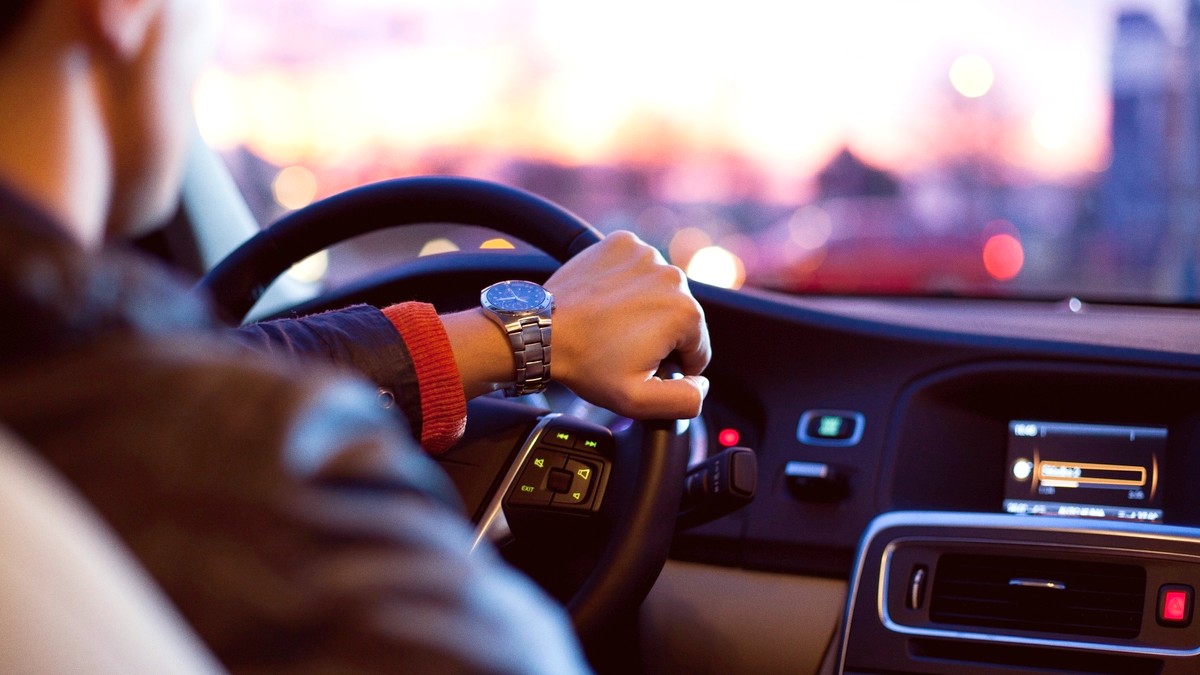
Botswana
Summer (October to March) is hot with afternoon thunderstorms. Pack light, breathable fabrics like cotton or linen. Shorts, t-shirts, and light dresses are comfortable daytime wear. A Light jacket or sweater is useful for cooler evenings or air-conditioned indoor spaces. Bring a compact Poncho or a Light rain jacket for sudden downpours. Winter (June to August) days are mild and sunny, but nights and early mornings are cold. Layering is important. Pack warm clothes like fleece jackets and sweaters.
Gaborone is a modern city, but a conservative approach to dress is appreciated. This applies especially when visiting government buildings, formal business settings, or religious sites. Women avoid overly revealing clothing. Long trousers or skirts and shirts that cover the shoulders are appropriate for most situations. Men typically wear trousers or smart shorts and shirts. Casual wear is fine for general sightseeing and within your accommodation.
Comfortable walking shoes or Sneakers are ideal for city exploration, malls, and museums.
Sturdy hiking shoes or boots help for trails like Kgale Hill, which involves uneven terrain.
Sandals or flip-flops work for relaxing. Closed-toe shoes are generally advisable to protect feet from dust and insects.
Keeping your documents organized and secure is a non-negotiable aspect of safe travel. Prepare both physical and digital copies.
Botswana operates on 230V, 50Hz. Plug types are mainly Type D (three large round pins) and Type G (three rectangular pins). A Universal Travel Adapter that covers both these types is necessary for charging your devices. Consider bringing a small power strip if you have multiple devices, provided it handles the voltage.
A good Smartphone camera works for city photos. For wildlife viewing (Gaborone Game Reserve or Mokolodi Nature Reserve), a camera with a good zoom lens (DSLR or Mirrorless camera with Telephoto lens) is beneficial. Pack extra batteries and memory cards. Portable chargers are very useful.
Use cloud storage (Google Photos, iCloud, Dropbox) for automatic backup of photos and documents. Consider an External hard drive for physical backup.
Most common electronics are available in Gaborone. For specialized camera equipment, consider retailers like B&H Photo before travel, as local options may be limited.
A high-capacity Power bank is recommended, as power outages can occur, though less frequent in central Gaborone.
A well-prepared Personal first aid kit contributes to a comfortable trip.
Carry all prescription medications in original, labeled containers, with a sufficient supply. A doctor's letter explaining the necessity is useful. Pack cold/flu remedies and antacids. Gaborone's altitude is not high enough for altitude sickness. Motion sickness remedies are for small planes to safari areas, not city travel.
A small Daypack for carrying water, snacks, and a camera. A Reusable water bottle is also important here.
For Gaborone Game Reserve or Mokolodi Nature Reserve, Binoculars greatly help spotting animals. A camera with a good zoom lens is useful for photography.
Pack Swimwear if your hotel has a pool or if you plan to visit the Gaborone Dam for water activities.
Do not overlook smaller items that improve comfort, security, and convenience. A Neck pillow, Eye mask, and Earplugs make long flights or bus journeys more comfortable. An RFID Blocking Wallet protects credit cards. A discreet Money belt or neck pouch keeps passports and cash secure. Small Luggage locks for bags or hotel safes are advisable. Consider Anti-theft bags.
While less critical within the city, a good quality Headlamp can be useful for general travel in Botswana, specifically if you experience power outages or venture into less lit areas. For Gaborone itself, it is not a daily requirement. Durable, comfortable clothing that can withstand dust and general wear is always a good idea for any Southern African destination.
Stay hydrated, cut plastic waste. Refill from treated tap water.
Useful for shopping with plastic bag restrictions.
Minimize single-use plastics, especially for street food.
Consider a portable filter bottle for peace of mind.
Organize items by category (clothing, documents, electronics) into packing cubes for easy access and efficient space usage. This helps you find what you need quickly and keep your luggage tidy.
Consider rolling clothes to save space and minimize wrinkles. Pack heavier items near the bottom of your luggage. Always check airline baggage restrictions for size and weight, especially for international flights.